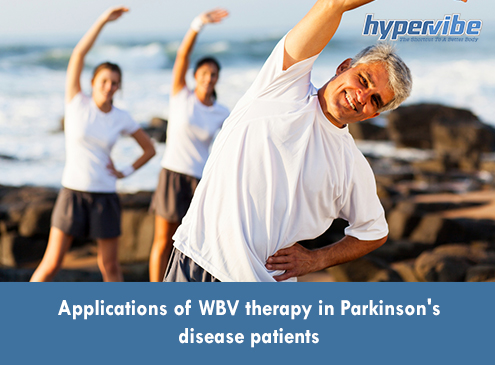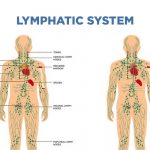Applications of WBV Therapy in Parkinson’s Disease Patients

Parkinson’s disease is a neurodegenerative disorder that affects one’s muscle control and leads to impaired coordination and severe trembling.
Present in about 1 million Americans, it affects over 10 million people worldwide. 60,000 Americans are diagnosed with this condition each year, the ailment affecting men more than women, and being present more frequently in adults aged 50+ years.
Although the precise cause is not known, it’s believed that altered production of dopamine is one of the factors favoring the development of Parkinson’s disease. This neurotransmitter is responsible for regulating movements and for facilitating the transmission of signals from the brain cells, so when the amount of dopamine produced inside the body is insufficient, these functions can be altered.
The typical symptoms of Parkinson’s disease are the uncontrollable tremor and trembling of the arms, fingers, legs, hands, and head, accompanied by muscle aches and pain, stiffness of the limbs, slow movements, poor posture and instability when moving or sitting. These manifestations get worse when the sufferer is tired or stressed, or when he or she is exposed to a situation that causes intense emotions.
These symptoms may be kept under control using conventional treatments, such as medications or surgical therapy, but the treatment really varies from one patient to another. Lifestyle modifications, rest, and exercise may also help, so in today’s article, we’ll take a look at the effects of whole body vibration therapy in Parkinson’s disease sufferers, to see if this form of exercise could provide positive effects in this group of people.
Could whole body vibration help improve Parkinson’s disease symptoms?
The available research on the applications and effects of whole body vibration therapy in PD sufferers is not consistent, and the existing studies often have limitations, but there are some research papers that suggest that short-term WBV might have positive effects.
In a review study conducted by Brazilian researchers, whole body vibration was found to have positive influence on Parkinson’s disease motor symptoms. The review analyzed five studies in which the vibration frequencies used for the tests were 6 Hz, respectively 25 Hz. The results were positive in all studies but seemed dependent on the frequency, only one publication showing no difference between the WBV and control or placebo treatments.
In another study, German researchers investigated the effects of vibration machine therapy on the motor skills of 68 Parkinson’s disease patients, and found that this form of therapy can improve the motor skills and reduce the tremor and rigidity. Also, there were minor improvements in limb akinesia (the lack of movement), and in cranial symptoms.
US scientists from the University of Florida published a review study that investigated the effects of vibration therapy in PD patients, compared to conventional treatment and placebo. They found that although whole body vibration seemed to exert beneficial effects on balance and mobility, the difference in the results obtained with each type of treatment was not significant.
Another paper that found vibration training to be efficient in improving gait parameters in patients with Parkinson’s disease was published by German researchers. Their study compared the results obtained in the WBV group with those achieved with conventional therapy, both types of treatments being applied 5 days a week, for a total of 30 sessions. Each therapy session lasted for 15 minutes, and the patients received 2 sessions per day.
The whole body vibration group used an oscillating vibration machine, while the conventional balance training group performed regular exercises on a tilt board. All 22 participants were available for follow-up 1 month after the treatment, and the results showed improvements in equilibrium and gait.
In another paper published by German scientists, whole body vibration therapy was found to be efficient in improving gait parameters, but the changes in parameters specific for other tests done in Parkinson’s disease patients, such as the Functional reach test (FRT) or Timed up and go test (TUG) were not statistically significant.
Researchers concluded that random WBV training can provide beneficial short-term effects in people affected by this condition, but that the effects of vibration therapy lasting for more weeks should be investigated further.
Whole body vibration was also found to lead to improvements in postural control, but as you can see, results are mixed and inconsistent, as there’s no standard protocol or treatment plan using vibration machines for people with this condition. Given that vibration training is an inexpensive and safe form of therapy, it may be worth adding this type of exercise to conventional treatment plans for managing the symptoms of Parkinson’s disease.
Want to add something to this article? Comment below or on our Facebook page.







